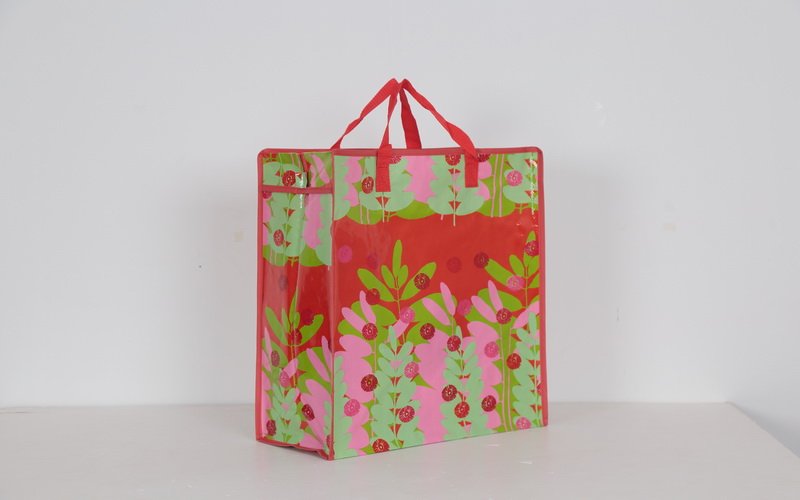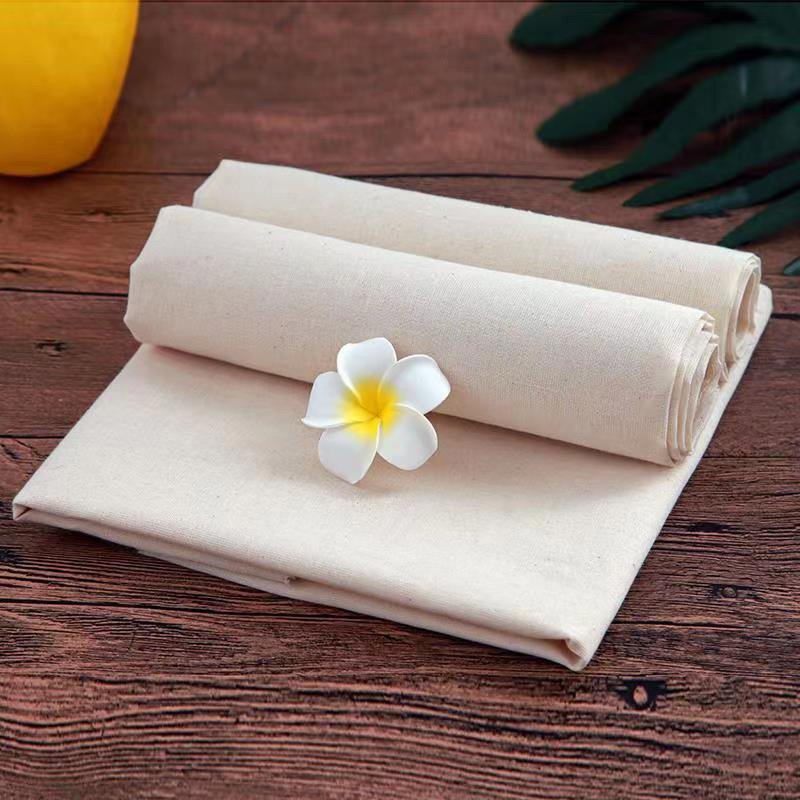The market has seen the emergence of diverse materials, including PP (polypropylene) and non-woven fabric, in the hunt for sustainable and eco-friendly alternatives to typical plastic bags. Both types of bags have gained popularity for their durability, reusability, and environmental benefits. This article aims to explore the key differences between PP bags and non-woven bags, shedding light on their respective characteristics and environmental impacts.
What Are The Polypropylene (PP) Bags?
Polypropylene, a thermoplastic polymer, serves as the primary material for PP bags. PP bags are known for their strength, resilience, and resistance to wear and tear. These bags are often used for packaging, shopping, and various industrial applications. Melting and extruding polypropylene granules into sheets, which are subsequently cut and sewn to produce the finished product, is the production process.
Key Characteristics of PP Bags
Polypropylene (PP) bags are becoming increasingly popular due to their exceptional durability and resilience to wear and tear. Let's delve deeper into some key characteristics:
Durability
PP bags are known for their remarkable strength, making them ideal for heavy-duty applications. The robust nature of polypropylene ensures that these bags can endure repeated handling and loading without compromising their structural integrity.
Water Resistance
The inherent hydrophobic properties of polypropylene make PP bags resistant to water. This is especially useful when safeguarding the bag's contents during rainy weather or other scenarios where moisture resistance is essential.

Customization
One notable feature of PP bags is their high level of customizability. Manufacturers can easily alter these bags' color, design, and printing. Because of their adaptability, they are a popular alternative for firms advertising their brand through bespoke packaging.
What Are The Non-Woven Bags?
Non-woven bags are made from spunbond non-woven polypropylene fabric. Unlike conventional weaving, the fibers of non-woven fabric are bound together using heat and pressure, removing the need for weaving or knitting. Non-woven bags are known for their breathability, flexibility, and low cost.
Key Characteristics of Non-Woven Bags
Non-woven bags constructed with spunbond non-woven polypropylene fabric have a distinct combination of qualities that set them apart from the competition. Here are the key features of non-woven bags:
Breathability
Unlike traditional woven fabrics, non-woven bags allow air to pass through the material. This breathability is a key advantage, preventing the accumulation of moisture and odors inside the bag. It manufactures non-woven bags appropriate for transporting perishable or breathable products.

Lightweight
Non-woven bags strike a balance between strength and weight. Despite their durability, they are lightweight, making them easy to carry. Because these bags are lightweight, they help to lower transportation costs and energy usage, which aligns with environmental goals.
Cost-Effective Production
The production technique for non-woven bags is well-known for its low cost. The lack of traditional weaving or knitting in the manufacturing process makes it more efficient and cost-effective. This affordability makes non-woven bags an attractive choice for both businesses and consumers.
Environmental Considerations
Considering the global focus on environmental sustainability, it's crucial to understand how both PP and non-woven bags fare in terms of eco-friendliness:
Recyclability
Both PP and non-woven bags are generally recyclable. However, the availability and efficiency of recycling facilities play a significant role in determining the environmental impact. Consumers should be aware of appropriate waste disposal and recycling initiatives.

Production Processes
The production procedures of these bags must be considered while assessing their environmental effect. Manufacturers who use eco-friendly processes and recycled materials help to make the sector more sustainable.
End-of-Life Disposal
It is critical to consider how these bags are disposed of at the end of their useful life. Proper disposal methods, such as recycling or composting, can significantly reduce the environmental footprint of both PP and non-woven bags.
Conclusion
In summary, the choice between PP bags and non-woven bags depends on specific requirements and preferences. Consumers may make educated judgments based on variables such as durability, customization options, breathability, and environmental considerations because both materials provide significant advantages. Neway, a leading shopping bag manufacturer, offers a wide range of shopping bags including PP bags and non-woven bags. If you are interested in it, please get in touch with us!






